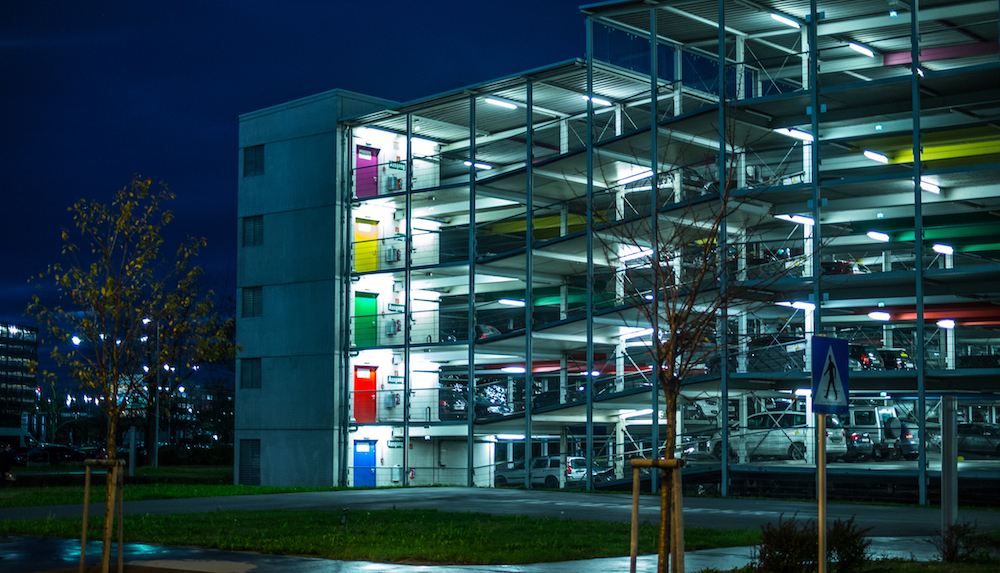This week, the American Institute of Architects (AIA) announced that it will create a resilience curriculum for the professional development of architects, including resilient design and decision-making on hazard mitigation, climate adaptation and community resilience.
The curriculum will include policy and practice-focused resources on AIA.org, research, and training. AIA will also expand existing professional and academic resilience network.
AIA targets phased implementation of the curriculum beginning next year.
“Building codes are a powerful tool architects can use to incorporate lessons learned from natural disasters, technology developments and building science innovation,” said AIA Chief Executive Robert Ivy, FAIA. “Yet we can do more to address the challenges of a changing climate. As we launch this new curriculum, we will be equipping our profession with additional vulnerability assessment, hazard mitigation and design adaptation tools to help them prepare communities to be resilient and adaptable to those challenges.”
The announcement was made at the White House Conference on Resilient Building Codes. The conference was called to discuss the role of building codes in community resilience, explore the economic benefits of resilient design, and consider actions that the Federal government and the private sector can take to advance resilience in the built environment.
Related Stories
| Sep 21, 2010
New BOMA-Kingsley Report Shows Compression in Utilities and Total Operating Expenses
A new report from the Building Owners and Managers Association (BOMA) International and Kingsley Associates shows that property professionals are trimming building operating expenses to stay competitive in today’s challenging marketplace. The report, which analyzes data from BOMA International’s 2010 Experience Exchange Report® (EER), revealed a $0.09 (1.1 percent) decrease in total operating expenses for U.S. private-sector buildings during 2009.
| Sep 21, 2010
Forecast: Existing buildings to earn 50% of green building certifications
A new report from Pike Research forecasts that by 2020, nearly half the green building certifications will be for existing buildings—accounting for 25 billion sf. The study, “Green Building Certification Programs,” analyzed current market and regulatory conditions related to green building certification programs, and found that green building remain robust during the recession and that certifications for existing buildings are an increasing area of focus.
| Sep 21, 2010
Middough Inc. Celebrates its 60th Anniversary
Middough Inc., a top ranking U.S. architectural, engineering and management services company, announces the celebration of its 60th anniversary, says President and CEO, Ronald R. Ledin, PE.
| Sep 16, 2010
Gehry’s Santa Monica Place gets a wave of changes
Omniplan, in association with Jerde Partnership, created an updated design for Santa Monica Place, a shopping mall designed by Frank Gehry in 1980.
| Sep 16, 2010
Green recreation/wellness center targets physical, environmental health
The 151,000-sf recreation and wellness center at California State University’s Sacramento campus, called the WELL (for “wellness, education, leisure, lifestyle”), has a fitness center, café, indoor track, gymnasium, racquetball courts, educational and counseling space, the largest rock climbing wall in the CSU system.
| Sep 13, 2010
Community college police, parking structure targets LEED Platinum
The San Diego Community College District's $1.555 billion construction program continues with groundbreaking for a 6,000-sf police substation and an 828-space, four-story parking structure at San Diego Miramar College.
| Sep 13, 2010
Campus housing fosters community connection
A 600,000-sf complex on the University of Washington's Seattle campus will include four residence halls for 1,650 students and a 100-seat cafe, 8,000-sf grocery store, and conference center with 200-seat auditorium for both student and community use.











